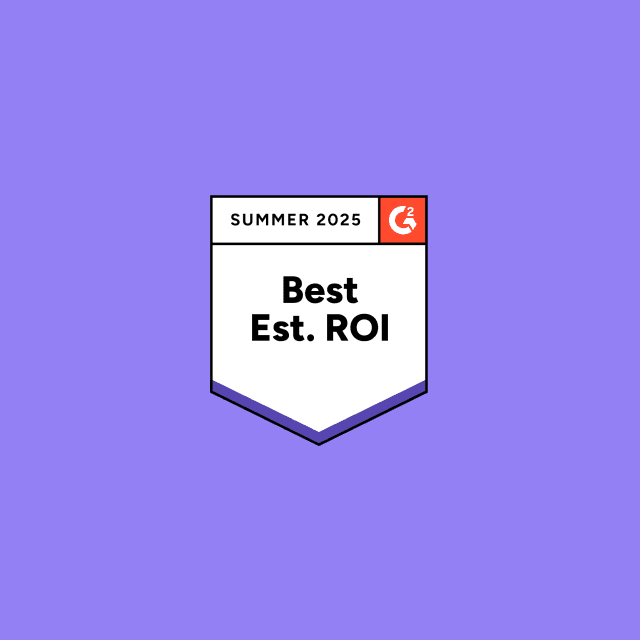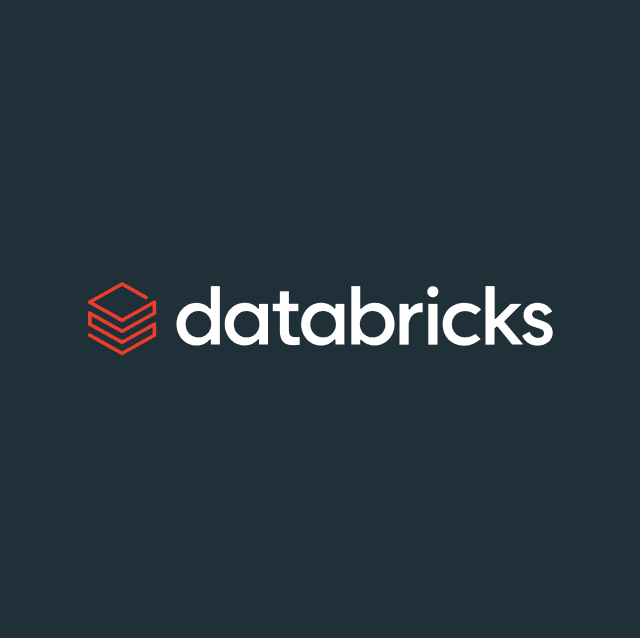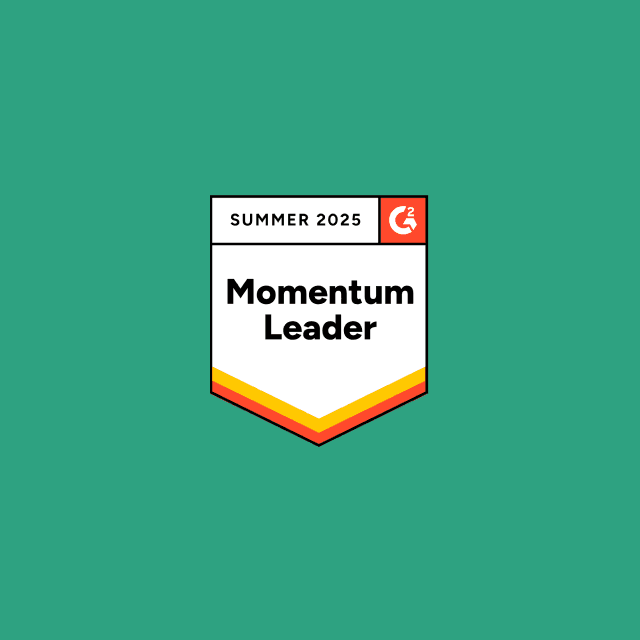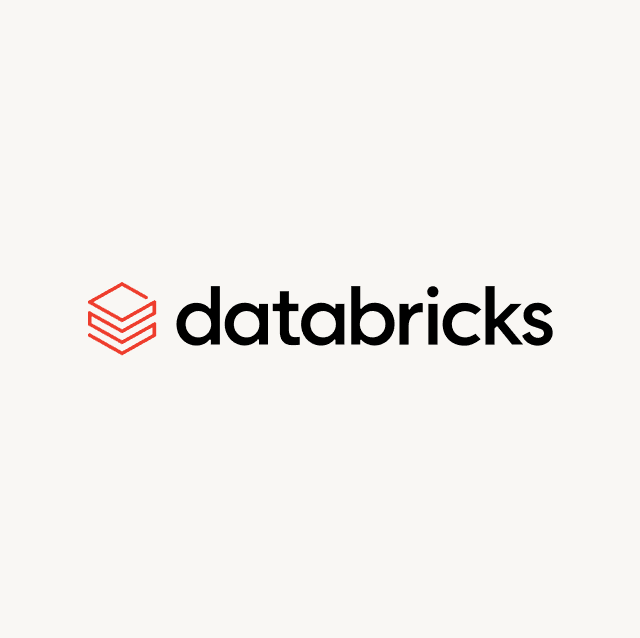This article is part of our Lifecycle Leaders series. Subscribe here to get every edition along with expert insights like this and journey breakdowns from the world's largest brands.
Between the two of us (Phi Pham and Carlos Govantes), we’ve spent over 30 years in the lifecycle marketing space, working with brands like Peloton, Casper, Thirty Madison, Imperfect Foods, and Misfits Market. And we’ve seen firsthand what it takes to make programs successful: whether that’s spearheading strategy, standing up infrastructure, integrating new tools, or scaling campaigns to reach millions of customers. We know what works, what falls flat, and what separates high-performing lifecycle programs from those that just check the box.
This post is for anyone working in lifecycle, CRM, retention, or customer experience — especially those who are in the thick of building or evolving their program. We’re sharing the lessons we wish we knew earlier: the foundational principles that hold up across industries, the common traps teams fall into, and the behind-the-scenes details that make lifecycle programs truly effective.
Lifecycle isn’t a silo; it’s core to the customer experience
Many organizations treat lifecycle like its own standalone marketing function and strictly as a messaging channel. It’s often disjointed from the core product and the broader organization, and largely seen as a lever you can pull to increase revenue, but this is a really narrow view that doesn’t fully reflect the full value of a lifecycle program.
Great lifecycle programs are measured on a lot more than basic KPIs like clicks and opens (e.g., lead generation, acquisition, retention, churn reduction, etc.) And moving these needles requires a lot more cross-functional support across teams like support, data, engineering, product, on-site experience, etc. You can have the best emails, SMS messages, push notifications, etc., but if the overall journey outside of your messaging channels is disjointed, your lifecycle program is doomed to fail. Personalization has to be embedded into every part of the customer experience, not just lifecycle messages.
At Thirty-Madison, we ran into this exact problem. We had to align cross-functionally to ensure doctor communications reached patients on time and prescription renewals happened seamlessly, avoiding any disruption in treatment. Lifecycle became essential to building patient trust and driving both retention and health outcomes.
Key takeaway: The best messages can’t fix a disjointed experience.
Most lifecycle programs are overbuilt, but under-optimized
Another big mistake we’ve seen time and time again — and one we’ve made ourselves — is teams overbuilding and over-engineering their lifecycle programs. They try to cover every edge case, every persona, and every hypothetical moment in the customer journey. The result is a tangled message of complicated flows and journeys all running in parallel, competing against one another with no real understanding of what actually drives value and no clearly defined ownership for maintaining or optimizing them.
Journeys and flows stagnate very quickly and require constant fine-tuning and maintenance. Usually, this manifests with journeys being forgotten or left untouched for months or even years, and for many teams, last year’s journeys are powering today’s lifecycle messages
The best technology in the world won’t save a bad plan. Strategy should always come first. Most teams would be better off focusing on just a few flows tied to their key behavioral loops and building scalable systems around how to test, tune, and improve those over time.
Key takeaway: Focus on the most important behaviors and use cases for your business and continuously improve and optimize them over time.
Your data foundation is everything
A lot of lifecycle programs are built on top of fragmented, messy, or incomplete data infrastructure, which almost always leads to operational headaches down the line. When the foundation isn’t solid, teams end up spending more time troubleshooting data issues and patching broken workflows rather than actually optimizing and growing their programs. When a flow fires incorrectly, a segment gets misaligned, or an event is missing, the team doesn’t want to launch anything new. And it’s because they don’t trust the data. Great lifecycle programs start with strong data foundations, and that means quality, consistency, and strong organization.
Figuring out what data you have access to and what data your program actually needs to deliver value to the customer is the key to moving the needle for the business. Marketing alone can’t solve this problem though. It starts with your data team creating a scalable and repeatable process to deliver value and create value for the business.
More often than not, this means the lifecycle team needs to work hand-in-hand with the data and engineering to define the underlying schema up front and not retrofit it later.
Key takeaway: Data is the heart of your lifecycle program, which means every decision you make will have ripple effects for the future — positive or negative.
Build habits, not just clicks
One of the biggest mindset shifts we’ve had to make is realizing that the lifecycle isn’t just about short-term wins: It’s a channel that builds and fosters long-term value that compounds over time. The single worst mistake that teams can make is solely optimizing for opens, clicks, and conversions. Great lifecycle teams try to build trust with every message, solve problems for their customers, and reinforce behaviors that drive retention and ultimately lifetime value (LTV.)
If you only focus on heavy batch sends or one-off offers to drive conversions and sales, those tactics can and will lose effectiveness quickly. The result? Customers get fatigued, unsubscribe rates go up, and your brand value dilutes. The strongest programs are rooted in behavior-driven design and deeply mapped to customer experience. Usually, this means identifying the three-to-five actions — like completing onboarding, making a second purchase, or returning to the app — that truly drive long-term value.
For example, at Peloton, we found that users who took multiple classes in the first seven days had a much higher long-term LTV, so we tried to reinforce that behavior as much as possible.
Clicks are easy to get. Habits are harder, but they’re what actually move the needle. If you genuinely just focus on solving the customer's problem and delivering value, retention and loyalty almost always follow. A wild concept, right?
Key takeaway: Long-term retention is built by reinforcing customer behavior, not chasing clicks.
Don’t just send. Experiment and test.
Testing, experimentation, and measurement are the most overlooked components of lifecycle marketing, though not for the reason you’d think. Every lifecycle marketer wants to try new things and see what’s working — and in many cases, they are actively running experiments — but they don’t have a clear hypothesis of what they’re measuring or trying to prove. A lot of times, teams simply run an A/B test with each send, but there is no systematic framework to roll the learning into the next send.
Leadership often asks, “What value is lifecycle driving for the business?” The only way to answer that confidently is with proper holdout groups and a consistent approach to incrementality testing. Many teams are extremely surprised by just how much value their lifecycle program (even bad ones) are driving once they start measuring it correctly.
You don’t have to overcomplicate this either. A simple way to start is simply by isolating one variable at a time (e.g., an audience, a subject line, or an offer). The most important factor is simply to test and measure something because every message that you don’t learn makes the next one worse.
Key takeaway: Every send is a chance to learn. Don’t overcomplicate things. Focus on isolating one variable at a time.
Closing advice for lifecycle teams
There isn’t a linear path to build a great lifecycle program. Lifecycle is about solving real problems for your customers, one message at a time. That means you need to build systems that scale, adapt, and respond to what your customers actually need. The more you treat lifecycle as a way to serve the customer — and not just as a lever you can pull to hit this week’s numbers — the more durable and effective it becomes.
Connect with Phi and Carlos on LinkedIn and sign up for our newsletter to get the latest insights from today’s lifecycle experts.















